Interest rates remain at record lows
Although the capital mobilization rate is slowing down, the interest rate level in the banking system remains at a low level rarely seen in many years, and will even decrease further in the first months of 2025.
According to data from the State Bank, by the end of March 2025, total deposits of individuals and economic organizations at credit institutions reached nearly 15 million billion VND, an increase of 1.8% over the previous month.
Of which, deposits from residents reached VND7.47 trillion, up 5.73% compared to the end of 2024, a significant increase reflecting the trend of cash hoarding. In contrast, deposits from the business sector decreased by 1.92% compared to the end of last year, to VND7.52 trillion, but still increased by more than VND158,000 billion compared to the previous month.
Meanwhile, credit growth across the system reached 3.93% in just the first three months of the year, showing that capital flows out of the economy are accelerating significantly faster than the rate of mobilization into the banking system.
However, deposit and lending interest rates continued to decline. As of the end of May 2025, the average 12-month term interest rate at private joint-stock commercial banks decreased by 12 basis points compared to the beginning of the year, to 4.93%/year. The group of banks with state-owned capital also maintained low deposit interest rates, around 4.7%/year.
Lending interest rates are no exception to this trend: according to a recent report sent to the National Assembly , the State Bank said that the average lending interest rate for new loans arising in the commercial system in mid-April 2025 had dropped to about 6.34%/year, down 0.6 percentage points compared to the end of 2024.
Notably, this is a record low in many years, even lower than the period heavily affected by the Covid-19 pandemic. According to Finpro statistics, in the period 2020 - 2022, the lowest average quarterly lending interest rate was only 7.9%/year (first quarter of 2022), significantly higher than the current level.
However, the room for further interest rate cuts is narrowing. The State Bank warned that the sharp decline in lending rates in recent times has limited the possibility of further adjustments.
At the same time, credit demand is forecast to increase in the second half of the year - the peak period for production, business and consumption activities to achieve the set GDP growth target.
Meanwhile, the credit institution system may face difficulties in mobilizing capital due to strong competition with other investment channels such as stocks, real estate, corporate bonds, etc.
However, the State Bank still affirms that it will continue to closely monitor domestic and international market developments to proactively and flexibly manage monetary policy, while closely coordinating with fiscal policy and other macroeconomic tools. The goal is still to maintain macroeconomic stability, control inflation and ensure major economic balances, while promoting growth.
Looking at the interest rate trend in the second half of 2025, Associate Professor Dr. Nguyen Huu Huan, lecturer at Ho Chi Minh City University of Economics, commented that if the State Bank continues to inject liquidity into the banking system, the interest rate level can remain at the current low level.
However, he also warned that keeping interest rates low for a long time would put great pressure on the exchange rate. In the context of the US dollar showing signs of weakening, but the VND still depreciating against the USD, the economy is at risk of falling into a "double weakening" situation, making it difficult to stabilize the exchange rate and limiting the ability to manage interest rates more flexibly in the coming time.
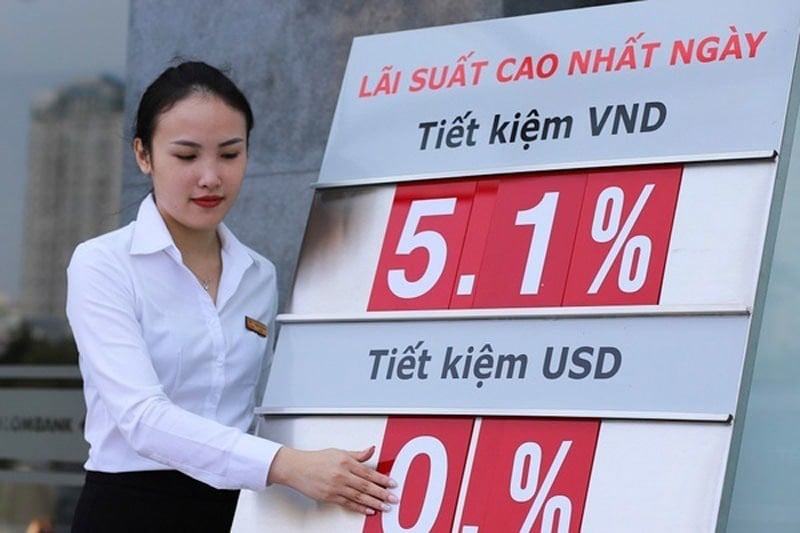
Low interest rates create room for capital flow to accelerate
The latest information from the State Bank shows that credit in the entire economy by the end of May 2025 increased by 6.52% compared to the beginning of the year, a much stronger increase than the 2.41% figure in the same period last year.
Credit flows are being unblocked, contributing significantly to total social investment and supporting economic growth to achieve the set targets. With the credit growth target for the whole year at 16%, equivalent to about 2.5 million billion VND, the credit space for the second half of the year is about 1.6 million billion VND.
However, the question is whether the economy can absorb all of this capital? According to Associate Professor Dr. Nguyen Huu Huan, Lecturer at Ho Chi Minh City University of Economics, although credit growth has improved significantly this year, there is still a lot of room. The problem lies in the economy's ability to absorb capital, which is heavily dependent on the export sector, which is facing many external challenges, especially tariff policy risks and global trade uncertainty.
To proactively stimulate capital flows, on April 15, the State Bank issued Official Dispatch No. 2756/NHNN-TD, requesting commercial banks to implement a special credit program of VND 100,000 billion specifically for the agriculture, forestry and fishery sectors.
This is a key but also vulnerable industry, so timely financial support is expected to support millions of production households and businesses, ensuring that capital flows are not "blocked" in the agricultural and rural areas.
Maintaining low interest rates continues to be the "key" to stimulating credit. Mr. Nguyen Duc Lenh, Deputy Director of the State Bank of Vietnam, Region II Branch, said that deposit interest rates are still low, helping to reduce input costs, thereby creating conditions for banks to lower lending rates.
Short-term credit programs in VND with preferential interest rates of no more than 4%/year are providing additional resources to many small and medium enterprises, export enterprises and high-tech industries.
In fact, signals from banks show that demand for loans is recovering. In particular, public investment is being boosted, interest rates for home loans are maintained at around 5.5%/year in the first 3 years... which is creating a wave of credit among residents and businesses.
At VietinBank, one of the state-owned banks, the credit growth rate as of June 10, 2025 reached more than 9% compared to the end of 2024. The total assets of this bank reached VND 2.5 million billion, up 7.5%, while outstanding credit reached VND 1.9 million billion, up 8.8%.
In the private banking sector, ACB recorded a credit growth of more than 7% as of the end of May, expected to reach about 8% by the end of the second quarter of 2025. Mr. Tu Tien Phat, General Director of ACB, assessed that the recovery momentum of loan demand is becoming clearer, especially in the SME group, consumer loans and home loans.
With interest rates forecast to remain stable in the second half of the year, many banks believe that credit will improve further during the peak season at the end of the year. The State Bank's consistent policy is to require commercial banks to reduce input costs to keep output interest rates at a reasonable level, a key factor in supporting economic growth recovery.
From a macro perspective, experts from UOB Bank (Singapore) commented that inflation in Vietnam is under good control. The inflation rate recorded in March and April 2025 remained at 3.1%, lower than the 4.5% target set by the Government for the whole year.
Inflation has cooled down, while external risks remain, including uncertainty from tariffs and trade conflicts, creating some room for monetary policy easing in the coming time.
However, UOB also noted that the State Bank will have to be very cautious, as the VND is showing a weakening trend against the USD, while pressure from the foreign exchange market and global interest rates remains complicated.
With the domestic economy facing more serious difficulties than expected, UOB predicts that the State Bank may cut the refinancing rate to a low of 4%/year, or even 3.5%/year if market conditions allow.
In general, interest rates remain low, combined with priority credit packages and efforts to promote public investment disbursement, creating a "boost" for credit flows.
Although there are still barriers, the policy foundation and the proactiveness of the banking system are expected to help capital flows continue to be unblocked, supporting sustainable growth in the second half of 2025.
Source: https://baodaknong.vn/lai-suat-tiep-tuc-lao-doc-pha-vo-day-lich-su-256411.html


![[Photo] The 9th Party Congress of the National Political Publishing House Truth](https://vphoto.vietnam.vn/thumb/1200x675/vietnam/resource/IMAGE/2025/6/24/ade0561f18954dd1a6a491bdadfa84f1)


![[Photo] Close-up of modernized Thu Thiem, connecting new life with District 1](https://vphoto.vietnam.vn/thumb/1200x675/vietnam/resource/IMAGE/2025/6/24/d360fb27c6924b0087bf4f288c24b2f2)




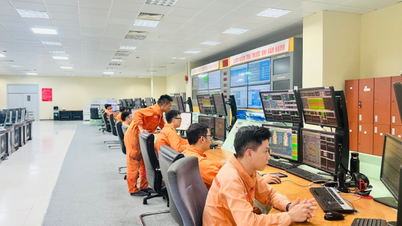



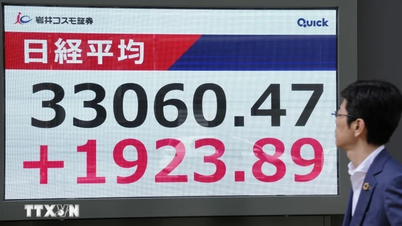












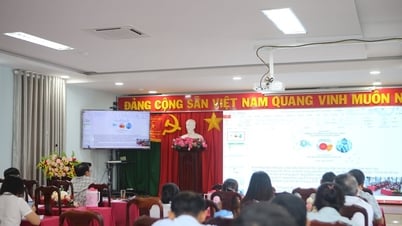



















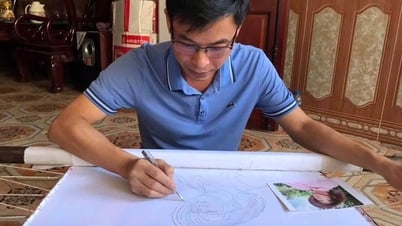

















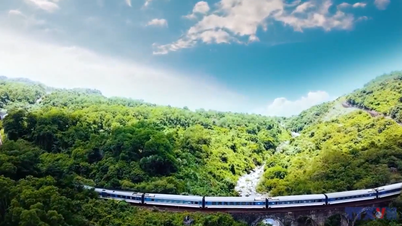












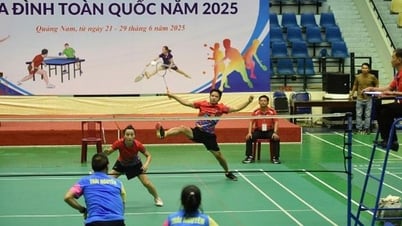
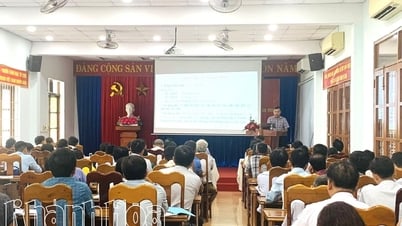





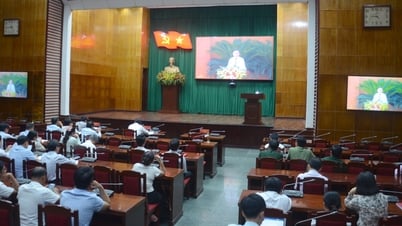
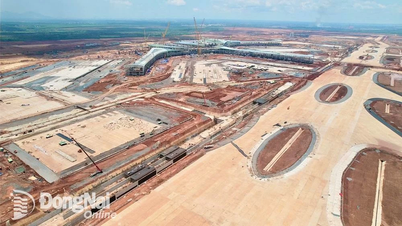

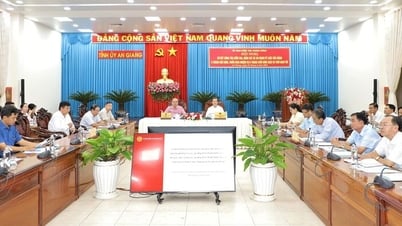















Comment (0)